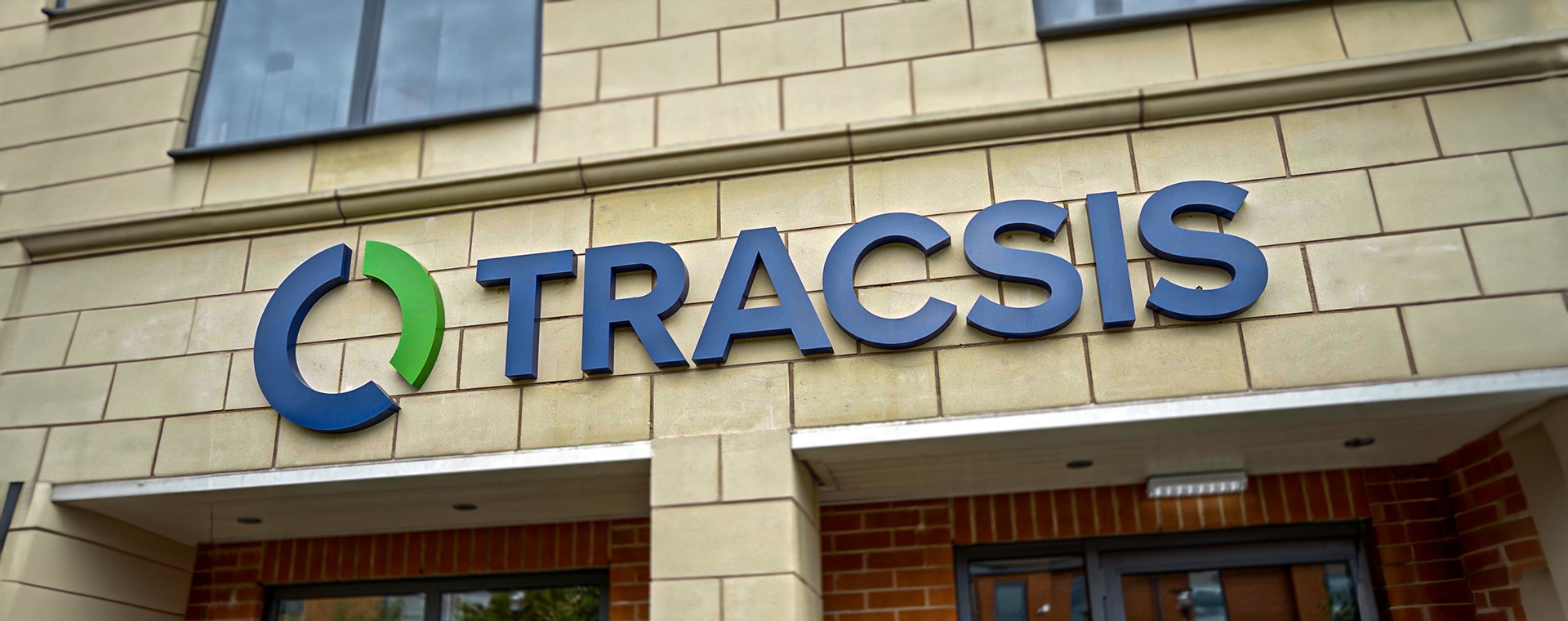While all industries are under pressure to reduce their carbon footprint, transportation faces particularly harsh scrutiny given it is responsible for more greenhouse gas (GHG) emissions than any other sector.
However, railroad operators have long been white knights – or should that be green knights? – of transportation. The statistics speak for themselves:
While railroads move around 40% of long-distance freight volume, freight railroads produce just 0.5% of total US greenhouse gas emissions 1
Rail accounts for a mere 2% of transport-related greenhouse gas emissions, compared to 51% for trucks, buses and other medium to heavy road vehicles 2
On average, railroads are three to four times more fuel efficient than trucks. That means moving freight by rail instead of truck lowers emissions by up to 75%. 1
Sustainability business benefits
As operators of the most sustainable form of high-volume transport, railroad companies have long been aware of their pivotal role in decarbonisation, as well as the resulting business and PR benefits.

Like all industries, there is more to be done and US railroad companies are investing billions to reduce emissions and improve sustainability through measures such as modernizing and electrifying locomotives; switching from fossil fuels to renewable energy sources; and introducing zero-emission cranes, anti-idling systems and more efficient fuel management. Many have set net zero targets and joined sustainability campaigns.
For example, in 2022, Union Pacific committed to investing more than $1 billion to modernize 600 locomotives, eliminating 210,000 tons of GHG annually upon program completion as well as announcing the purchase of the country’s largest carrier-owned fleet of battery electric locomotives for testing in yard operations. Meanwhile, CapMetro unveiled a sustainability vision plan in April 2022 which outlined their strategy to electrify their fleet and maximise the use of wind and solar power in order to be carbon neutral by 2040.
Green rail initiatives are having a demonstrable impact. The Association of American Railroads points out that, in 2021, freight railroads emitted nine million fewer tons of carbon dioxide that they would have if their fuel efficiency had remained constant since 20001.
The role of railroad technology
The Internet of Things (IoT) has a huge role to play in reducing the carbon footprint of trains and the carbon footprint of operating a railroad. Leveraging data capture and cloud technology, railroad operators can use longer trains that are able to move faster, more safely and without delays.
Technology solutions such as Computer Aided Dispatching (CAD), Automated Yard Switching and Remote Condition Monitoring (RCM) all increase train velocity and reduce dwell times, which in turn reduces emissions.
Other advantages of IoT rail technology include:
Optimizing infrastructure use and capacity
Improving staff and passenger safety
Reducing asset downtime
Reducing delays and disruptions
Reducing wear and tear on rolling stock
Highlighting operational inefficiencies
Streamlining repair operations
Reducing the likelihood of costly mistakes
Optimizing crew scheduling and dispatching
Rail technology applications
An increasing number of railroad companies are using Digital Track Warrant (DTW) applications to make their authority request process more efficient and to reduce idle time for trucks and work crews. A DTW eliminates the need for voice communications and paper forms, reducing human error and enabling mobile workers to perform field activities using smart phones or tablets while on the go.
Remote Condition Monitoring (RCM) is reducing carbon footprint by slashing the number of site visits required across America’s vast rail networks. Rail operators are able to capture data from rail assets and transfer it to the cloud so they can identify faults and predict failures before they happen. They also receive an abundance of data which enables them to future proof resources.
Finally, Automated Yard Switching machines powered by solar energy are reducing car dwell times while also improving employee safety and increasing the throughput of yards and terminals. Yard automation technology also includes remote heater control, which reduces energy costs while improving the efficiency of multiple switch heaters.
Tracsis is the leading provider of software-based rail automation solutions. Find out why every North American Class 1 railroad chooses Tracsis.
Tracsis are attending the ASLRRA 2023 Annual Conference and Exhibition in New Orleans from April 2-4, where sustainability and rail’s carbon footprint will be key talking points. We hope to see you there.
1 https://www.aar.org/wp-content/uploads/2020/06/AAR-Sustainability-Fact-Sheet.pdf
2 https://railroads.dot.gov/rail-network-development/environment/rail-climate-considerations
